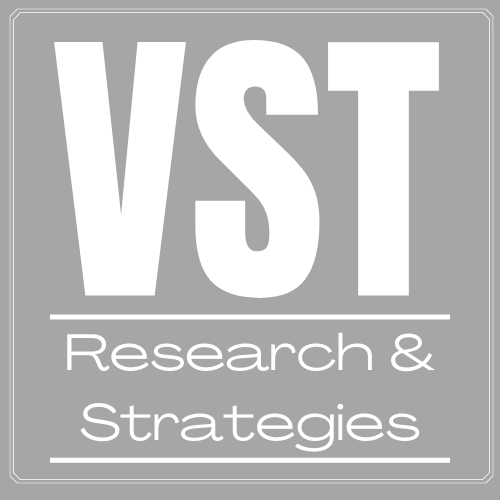Ramadan, What is it, and Why Does it Matter?
What is Ramadan?
Ramadan is a Muslim tradition that celebrates Muhammad's receipt of the first verses of the Quran, the holy text of Islam. Much like the Christian practice of Lent, Ramadan is not a single-day event. It takes place throughout the ninth month of the Islamic calendar. Again, like Lent, observers are asked to attempt to get closer to God through sacrifice. However, in Ramadan, this is done by fasting during daylight hours. Ramadan ends with a celebration and feast called Eid al-Fitr. This celebration is often shared with loved ones as a time of coming together.
Why Does it Matter?
Separation of Church and State comes into play with organizations. However, it rarely is that simple, is it? Belief systems rarely are checked at the door. Instead, they are minimized without entirely going away. Islam is a growing segment of the American population, with an estimated 2.15 million adults identifying as Muslim, or less than one percent of the adult population. Practicing Muslims are one of the growing segments in America, and they are expected to become the second-largest religious group in the United States by 2040. This means employers will become increasingly more likely to have team members who are practitioners of the Islamic faith, and understanding their faith will help forge working relationships. It is in an organization's best interest to look at its employees as holistically as possible to help retain quality talent and improve engagement.
What Can Your Organization Do?
Ramadan is unique in that it asks its followers to fast. Fasting for many adults is harmless. However, some may experience mild side effects like lightheadedness, irritability, and low energy. These are fleeting, and organizations should make accommodations to support employees' outside goals, even observing fasting rituals through Ramadan. Remember, Ramadan has a start and an end date. Any side effects will subside when fasting concludes.
Most people welcome opportunities to talk about themselves and share what is important to them. Organizations can help team members learn more about one another by creating conversation opportunities where understanding our differences remains central to the conversation. The next step after sharing is to identify similarities within our differences. These might be in the sense of family or community that the festivities bring, the exchange of gifts, expressions of thankfulness, or even food only made for a particular celebration. Whatever the links between them, the conversation starts deconstructing differences.
